
“Goreans, it seemed, paid attention to their environment. It means something to them. They live in it. How few children of Earth, I thought, are taught the names and kinds of the trees and shrubs, the plants, the insects and birds, which surround them constantly. I was also surprised to find that Drusus Rencius seemed genuinely fond of flowers. I would not have expected, given my Earth background, that a man of his obvious power and competence could care for anything, and so deeply, as innocent, delicate and soft as a flower. ” Kajira of Gor
(Pics are Best Guesses, not an Exact Science)

Flowers
“It is not unusual for slaves to bedeck themselves as they may, and to do so occasionally with flowers, sometimes a garland, sometimes with a mere blossom or two, fixed in the hair. Such things can be fetching, and it is likely they are not unaware of this. They can treasure simple things, too, a ribbon, a bangle, a bracelet, a string of colorful glass or wooden beads. Indeed, such simple things, as worn by a slave, herself recognized as goods, can be a thousand times more provocative to a male than the pearls and diamonds of a free woman.” Kur of Gor

~Dina: a small, tiny, roselike flower, lovely, multiply petaled, short-stemmed, and blooming in a turf of green leaves which grows, usually, on the slopes of hills, in the northern temperate zones. It is also known as the slave flower, used as a slave’s name, and there is a brand that is modeled after this flower.


~Golden Cup: the petals will close if it is going to rain. “I think it will rain today,” I said. “No, noble one,” he said. “How do you know?” I asked. “The petals of the golden cup are open,” he said…” Rebels of Gor
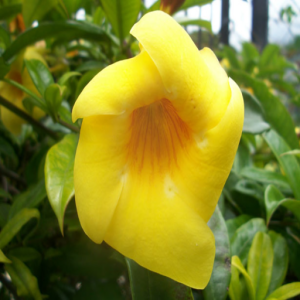

~Flaminium: large budded, scarlet five petaled flower. “There was a shallow bowl of flowers, scarlet, large-budded, five-petaled flaminiums, on the small, low table between us.” Hunters of Gor
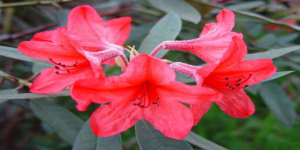

~Flowers of the Vine Sea: beautiful flowers, the perfume of which is sweet, pervasive, heavy and quite likely causes psychosis found in Mariners of Gor.

~Rence Flowers: as a flowered head which is a tuft of stamens and narrow petals.

~Talender: Is a beautiful, delicate, yellow-petaled flower that grows in broad meadows and is often associated with feminine love, beauty and passion. Putting a talender in your hair can be a silent signal that a slave cares for her Master. Free women may not always approve of slaves wearing talenders because they often wear it garlands of them at their Free Companion ceremonies. Sometimes, maidens even wear garlands of talenders. Talenders woven around the neck is indicative of the disposition of a pleasure slave.
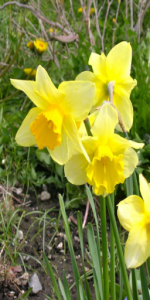

~ Teriotrope: This is a colorful and fragrant flower: “I looked upwards, and about the room. The multicolored ribbons were festive; the lamps were lovely; and the flowers, abundant and colorful, mostly larma blossoms, veminia and teriotrope, were beautiful and fragrant. Lola had done well.” Guardsmen of Gor
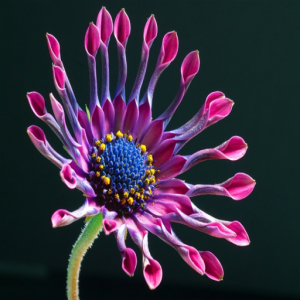

~Thentis Veminium: a delicate, five softly petaled bluish wild flower thatg rows on the lower slopes of the Thentis rang, and is common in both the northern and southern hemispheres of Gor.
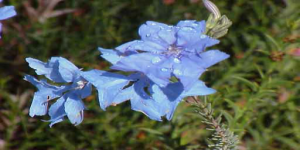
There is also it’s counter part a Desert Veminium which is similar to the Thentis Veminium but is purplish. Used often in perfumes, made into oils, and used in the water to wash one’s hands before and after dinner.
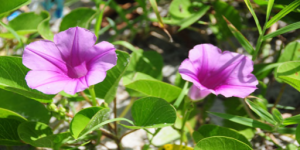

~Water Flowers: yellow and white that rise from flat, green pads in shallow ponds.
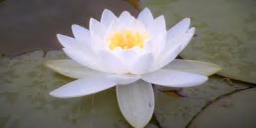

~White Lirillium: a shrub flower, worn by slaves, and sometimes used for archery target practice.
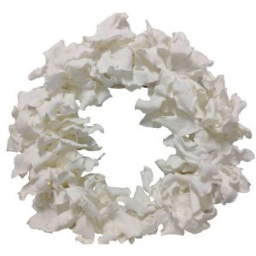

Plants & Bushes
~Bazi Tea Leaves: This is an herbal tea that comes in many different varieties. There are a number of shrubs that provide tea leaves though no specific names are ever given for them.
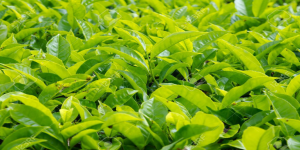

~Black Wine Beans: This is a coffee-like drink made from beans grown only in the mountain city of Thentis, who does not trade the beans to make this drink. It is very strong and bitter. It has an Earth origin. Black wine is always two words. The word coffee is also used in the later books.
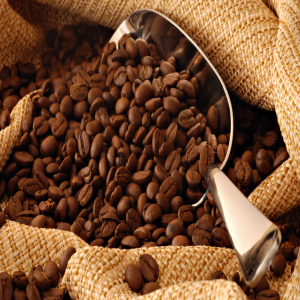

~Blue Climber: vinelike plant with large blue bracts amongst its common leaves, and small yellow flowers.
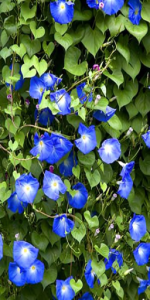

~Brak bush: This is an odorous shrub and its leaves, if chewed, have a purgative. The brak bush also figures into certain superstitions associated with the Gorean New Year. During the Waiting Hand, many people seal the doors of their homes with pitch and nail branches of the brak bush to the doors. This is done to prevent the entry of bad luck into the house for the New Year. On the first day of the New Year, the pitch is then washed away and the brak branches are burned.

~Carpet plant: This is a plant of the rainforests of Gor. They possess strong tendrils that can be used as ties to secure items.

~Ferns: “Besides the designs. there were also, growing from planting areas recessed here and there in the marble walkway, broad-leafed, curling plants; vines; ferns; numerous exotic flowers.” Nomads of Gor


~Grass: A number of different colored grasses exist on Gor including violet grass, dark blue grass and a yellowish-orange grass. Other colors might exist as well. There is also verr grass, a common type of brownish grass on Gor likely named as such because verr enjoy grazing on it.
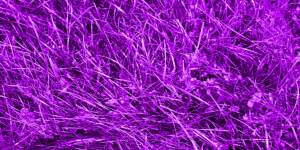

~Hemp: “… a Gorean long bow of supple Ka-la-na wood, from the yellow wine trees of Gor, tipped with notched bosk horn at each end, loose strung with hemp whipped with silk, and a roll of sheaf and flight arrows.” Raiders of Gor

~Kanda: This plant grows primarily in the desert regions of the southern hemisphere. The roots of the kanda plant, when ground and dried, are extremely toxic. A paste is often made of the poison and then applied as a glaze to a blade or needle, or hidden in fang rings -even used to poison wells. This glaze may look white once it has melted a bit from the heat. It is a deadly poison and few honorable Goreans would use it. The leaves of the kanda plant are not toxic, and the leaves are often rolled into a string and then either chewed or sucked. The leaves act as a narcotic drug and they are addictive. The southern hemisphere has a greater problem with such addictions due to the prevalence of the plant there.

~Leech plant: a dangerous plant that drinks blood. The plant can sense living creatures that pass by and it will strike fast. It attaches two hollow, fang-like thorns into its victim. It makes a loud popping and sucking sound as its bladder-like, seed pods expand and contract, drawing blood through its thorns. On well traveled roads, these plants are cleared from the sides of the road. They are mainly dangerous to children and small animals, but an adult who does not check a wooded area before camping there for the night, could also fall prey to its dangers.

~Liana vine: a plant in the rainforests that can be used as a source of drinking water if you are knowledgeable of it. You would make a cut high on the vine, over your head. Then, you would make another cut about a foot off the ground. This vine tube could then hold a liter of water, depending on recent rainfalls.

~Lotus-like Plants: aquatic flowers, similar to the Earth lotus, are found on Gor though it is unknown what they are called on Gor. “From where I sat I could see two lovely pools, in which lotus-like plants floated; one of the pools was large enough for swimming; the other, I supposed, was stocked with tiny, bright fish from the various seas and lakes of Gor.” Nomands of Gor
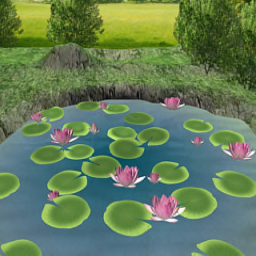

~Moss: “At the beginning of the season, usually in the late fall, a paste, a muck, formed of earth, and grass and moss, for solidity, is shaped and placed on the wood, some five to six inches to thickness.” Beasts of Gor

~Rence: a tall, leafy plant indigenous to the Delta region though it can be found in a few other marsh areas on Gor. Rence plants have a long root, about four inches thick, that rests underwater and extends out horizontally from the stalk. A number of smaller roots descend from this main root into the muddy soil of the Delta. Above the water, a number of long stems raise up into the air. There may be as many as a dozen stems and they may extend up to sixteen feet into the air. It will also commonly have a lone floral spike extending amidst the stems. The Caste of Rencers live within the Delta region and their primary business is the growth, cultivation and use of the rence plant. Rence has many uses though its primary use is to make a form of paper. It is also used for reed boats, sails, mats, cords and a kind of fibrous cloth; further its pith is edible -a staple in the diets of the rence growers.

~Rep Plant: a small, reddish woody bush. The seed pods of this bush contain a whitish, fibrous matter that can be used to make cloth. Rep is commercially grown in several areas, especially below Ar and above the equator. Rep cloth is cheap, strong and dyes well. It is a common fabric for slave livery and many Low Castes.

~Sa-Tarna: a tall, yellow grain that is the staple crop of Gor. Sa-Tarna bread is a major product of this grain. Sa-Tarna grain also makes Pagar-Sa-Tarna, paga for short, a fermented brew that may be the most popular alcoholic drink on Gor. Sa-Tarna means “life daughter” and Pagar-Sa-Tarna means “pleasure of life’s daughter.”
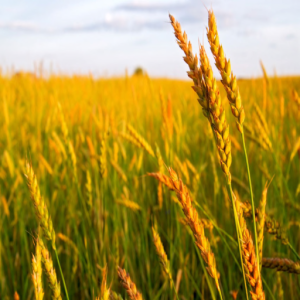

~Sim Plant: a rambling, vine-like plant with huge, rolling leaves that is cultivated in the pasture chambers of the Nest of the Priest-Kings within the Sardar Mountains.

~Sip Root: a very bitter root that can have a contraceptive effect. In some areas, such as the Barrens, sip root is chewed raw and it will act as a contraceptive for about three to four months. It is also used in the cities as an ingredient in slave wine. Slave wine currently acts as an indefinite contraceptive, countered only by the use of a special releaser. Later in the books it was developed to have a permanent effect.

~Tes & Festal: types of shrubs that exist in the Vosk delta and possibly elsewhere as well: “What did you see?” I asked. “Shrubbery,” he said, “some grass, some rence, two trees.” “What sort of shrubbery?” I asked. “Some festal,” he said, “some tes, a bit of tor.” Vagabonds of Gor

~Teslik: This is a plant whose extract is the active ingredient in breeding wine, the releaser for slave wine.

~Tor Shrub: known as the bright shrub, or the shrub of light because of its abundant, bright flowers, either yellow or white, depending on the variety.
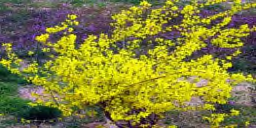

~Telekint: a plant, common in the Tahari region, and its roots can be used to create a red dye. You simply mash the roots and mix them with water.

~Turl Bush: a bush who’s smoke is used by the Red Savages of the Barrens to waterproof hides.

Trees
~Cacao Trees: these trees grow in the tropical regions of Gor,and their beans can be used to make chocolate. These appear very similar to Earth cacao trees.


~Cherry Tree: “Does Master enjoy my taste?” she asked. “The lipstick is flavored,” I said. “I know,” she said. “It reminds me of the cherries of Tyros,” I said. “I do not know what the flavor is,” she said, “but it is lovely, is it not?” Beasts of Gor
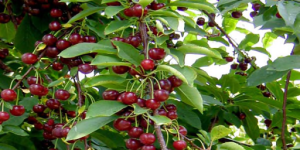

~Flahdah: a tree of the Tahari region that resembles a flat-topped umbrella on a crooked stick. The flahdah has narrow branches holding lanceolate-shaped leaves. Its trunk leans like a palm tree and they do not get taller than twenty feet high.
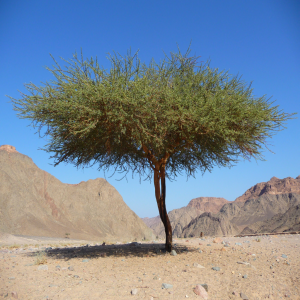

~Flower Tree: has lovely, dangling loops of interwoven blossoms hang from curved branches. The clusters of flowers which, cluster upon cluster, grace the linear, hanging stems, are each a bouquet in itself. The trees are so bred that the clustered flowers emerge in subtle, delicate patterns of shades and hues.

~Hogarthe Trees: These trees are reminiscent of Earth poplar trees. They are white-barked with shimmering green leaves. They are about fifty feet tall and lay about thirty to forty feet from each other. They are most commonly found near areas of water within the Barrens, the home of the Red Savages. These trees are named for Hogarthe, an early white explorer of the Barrens region.
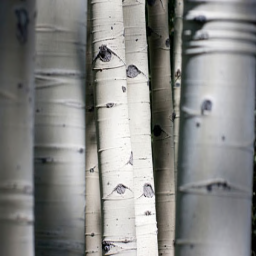

~Ka-la-na tree: also known as the wine tree because the famous Ka-la-na wine is derived from its fruit. The bark and inner wood of this tree is yellow and the wood is actually very strong and supple that is commonly used in making bows. The fruit can be eaten as is or used to create wine. The tree smells sweet, likely due to its fruit and not the wood itself. The books unfortunately do not describe what Ka-la-na fruit looks like. Ka-la-na orchards are very common across Gor and many cities make their own brand of Ka-la-na wine. Though Ka-la-na wine is depicted in the books predominantly as red, there is some indication that there might be a golden color. Ka-la-na wine come in sweet, dry and light varieties.

~Needle tree: an evergreen tree, indigenous to Thentis and the northern forests. Its oil can be used to make perfume.
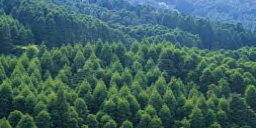

~Palm trees: There are more than 1500 varieties and types of palm trees in the rainforests though only a few are specifically mentioned in the books. Some palm trees have leaves that are twenty feet long. One type of plam tree mentioned in the books is the fan palm. This palm grows in the rainforests of Gor and like the liana vine, can be a source of water. The fan palm is commonly over twenty feet high and its leaves are spread open like a fan. Rain water falls into the fan and is collected at the bottom. It can hold up to a liter of water.
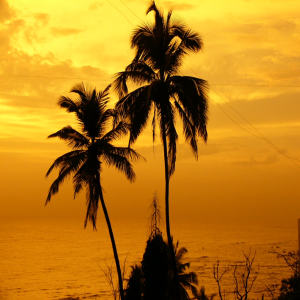

~Date Palm: another type of palm tree mentioned in the books. Date palms can grow to be over one hundred feet tall. It takes a date palm about ten years before it first bears any dates. But, after that time, the palm will bear fruit for the next one hundred years. Each year, a date palm will provide about forty to two hundred pounds of dates. There is a palm wine on Gor, an export of city of Schendi, but no description was ever given of this wine so its color, flavor and such are unknown.

~Pod tree: This is a tree indigenous to the rainforests and its inner bark can be used to make a bark cloth.

~Scent Tree: lavender leaves will curl if it is going to rain: “I think it will rain today,” I said. “No, noble one,” he said. “How do you know?” I asked. “The petals of the golden cup are open,” he said, “the zar swarm is not aflight, the lavender leaves of the scent tree do not curl.” Rebels of Gor Page

~Tem-wood: a tree that produces a very strong and supple black wood used to make lances, paddles, rudders or oars.


~ Tur tree: is a lofty, reddish tree that may grow to two hundred feet or more. It is similar to the redwoods of Earth. The city of Turia derived its name from these trees. Legend states that a Tur tree was found on the southern plains near a spring. No one knows who wanted the tree there or why. A city then grew in that area and would become known as Turia. Tur-pah grows on this tree.
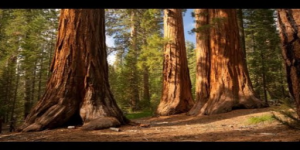

Fruits, Vegetables, & Herbs
~Fruit: these include many types similar to Earth fruits such as apricots, berries, cherries, choke cherries, dates, grapes, gourds, melons, olives, red olives, peaches, pears, plums, pumpkins, pomegranates, and strawberries. There are also fruits indigenous to Gor such as larmas, ram-berries, Ta grapes, and tospits.
~Vegetables: these include many types similar to Earth vegetables such as beans, cabbages, carrots, corn, onions, peas, peppers, potatoes, radishes, squash, and turnips. There are also vegetables indigenous to Gor such as katch, kes, korts, Tur-pah, vangis, Sa-Tarna, and suls.
~Herbs & Misc: these include clover, cinnamon, garlic, nutmeg, lichens, molasses, mint, mul fungus, mushrooms, nuts, raisins, rence pith and paste, seaweed, sesame seeds, and spikenard.
Fruits, Vegetables & Herbs Quotes

“Goreans care for their world. They love the sky, the plains, the sea, the rain in the summer, the snow in the winter. They will sometimes stand and watch clouds. The movement of grass in the wind is very beautiful to them. More than one Gorean poet had sung of the leaf of a Tur tree. I have known warriors who cared for the beauty of small flowers. I personally would not care to be the man responsible for the destruction of a Gorean forest. It is not unknown for them to be hunted down and burned alive, their ashes scattered in expiation by mourning Goreans among the charred wood and blackened stumps. Sometimes it takes, according to the Goreans, a generation for the forest to forgive its injury, and return to men, gracious and forgiving, in all its beauty.” Hunters of Gor